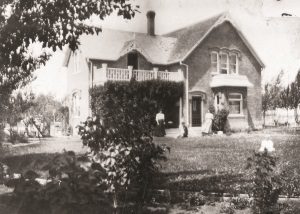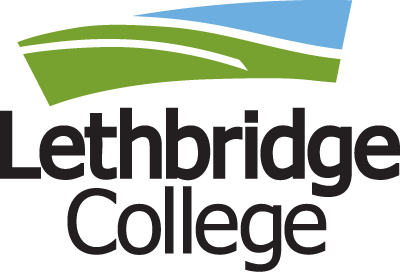On April 29, 1962, at the sod turning for the present Lethbridge College site, a special bronze shovel decorated w ith ribbons of green and sky blue was used for the occasion. When presenting the shovel to Mayor E.C. Lonsdale, Kate Andrews took the opportunity to speak about the location of the college and referred to the new junior college ground as the “Whitney Campus.” To what was she referring?
ith ribbons of green and sky blue was used for the occasion. When presenting the shovel to Mayor E.C. Lonsdale, Kate Andrews took the opportunity to speak about the location of the college and referred to the new junior college ground as the “Whitney Campus.” To what was she referring?
Six Whitney brothers came west in the 19th century. David James Whitney, one of the brothers, arrived in the west from Ontario in 1882 and worked and farmed at various locations before moving to a location south of Lethbridge and starting one of the first ranches in the area. In 1903, he built a large two-story farm house that still stands today.
David Whitney worked the land and built his farm with William Fairfield (later first Superintendent of the Research Centre), whose Model Farm adjoined the Whitney property. The two men brought irrigation ditches onto their properties and experimented with crops to see what would grow well in the area. Whitney became known for his farming methods and innovations, and other farmers came to learn from him. The Whitney farm, which became known as the Ideal Farm, was featured in promotional materials to encourage homesteaders to come west. The house he built on his farm, the Whitney House, is still a private residence located just east of the college and is a designated historic resource.
After David Whitney’s death, his son David James Jr. sold some land to William G. Nate, who then sold it to James N. (Bus) Murdoch. Murdoch built, among other things, a dance hall, community centre and roller skating rink on the farmland. Murdoch had plans to turn the property into a resort/dude ranch, but it never happened. The roller skating rink would become the D.A. Electric Barn and is the last remaining building of Murdoch’s still standing and the oldest building on campus.
In 1959, two years after the college opened its doors to the first students, Frank Whitney, another son of David Whitney and a supporter of the college, agreed to sell land to the city at a discounted price. The city then turned the land over to the college for $1. This land makes up a significant portion of the original college site.
And it was this historic connection – recognition of the original owners of the land – that Kate Andrews was referencing when she called the site the Whitney Campus.


